How a Vacuum Pack Machine Can Revolutionize Your Food Storage Game: Tips & Tricks
In an age where food waste is a growing concern, the need for effective food storage solutions has never been more pressing. According to the U.S. Environmental Protection Agency, over 30% of the food supply in the United States is wasted, which equates to approximately 133 billion pounds of food each year. Among various strategies to combat this issue, the use of a vacuum pack machine stands out as a revolutionary approach to extending the life of perishable items while maintaining their quality. This technology not only reduces food spoilage but also conserves the nutritional value of foods, making it a valuable tool for both home cooks and commercial food businesses.
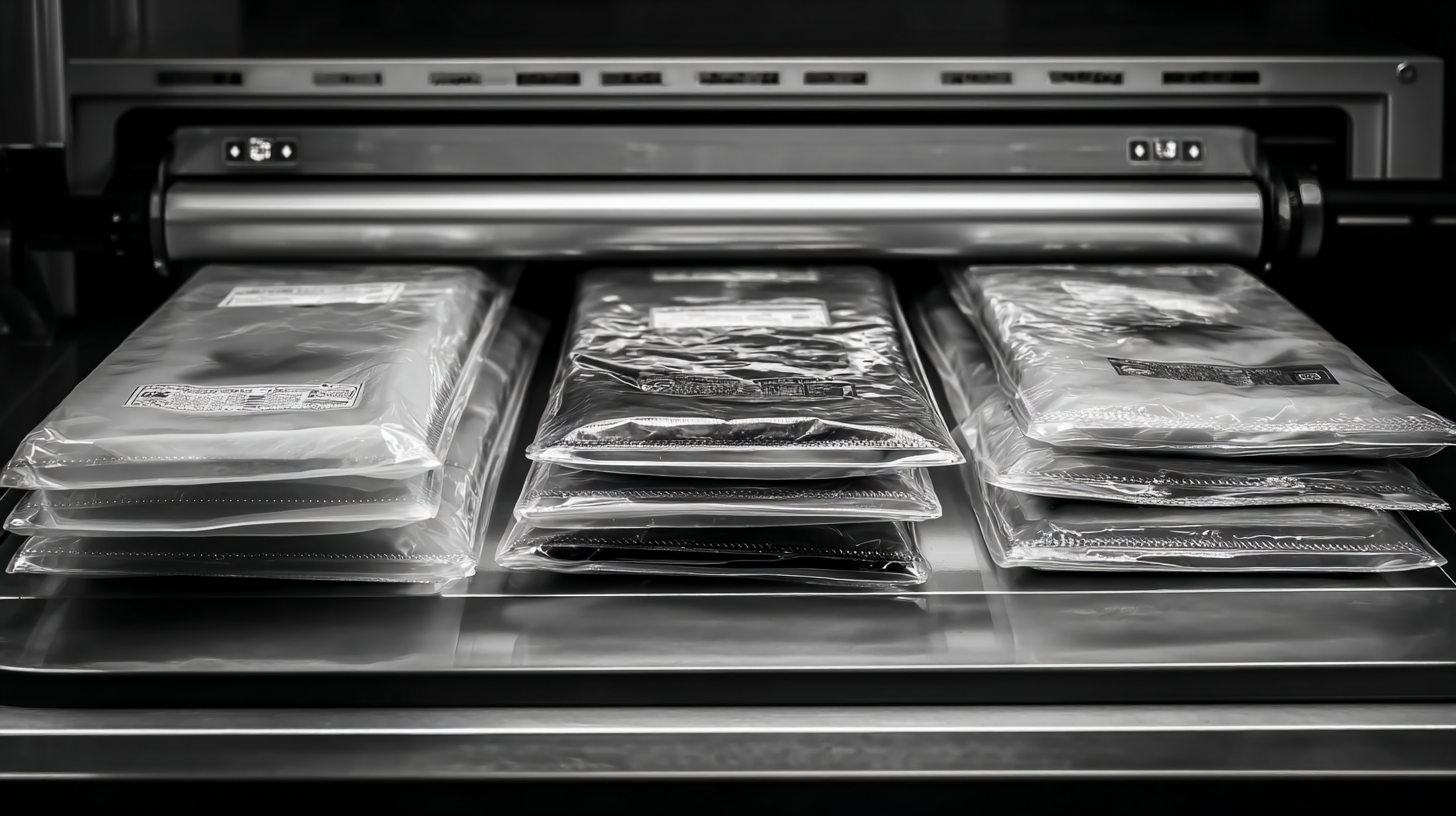
The versatility of vacuum pack machines extends beyond mere preservation; they enhance meal preparation, storage efficiency, and even sous-vide cooking. Research shows that vacuum-sealed foods can last five times longer than those stored in traditional methods. By removing air and sealing products tightly, these machines help to prevent the growth of bacteria and mold, ensuring that meats, vegetables, and leftovers remain fresh for significantly longer periods. As consumers become more eco-conscious and cost-effective in their purchasing decisions, adopting a vacuum pack machine can be an integral step towards smarter food storage practices, ultimately leading to decreased waste and enhanced culinary experiences.
Maximizing Freshness: The Science Behind Vacuum Packaging
Vacuum packaging has become a game-changer in food storage, primarily due to its ability to maximize freshness by reducing oxygen exposure. The science behind vacuum packaging lies in its unique method of removing air from the packaging, effectively slowing down the oxidation process that can lead to spoilage. Studies indicate that vacuum sealing can extend the shelf life of food products by up to 5 times compared to traditional storage methods. This significant extension is particularly crucial for perishable goods, making it an essential technique for both home cooks and food manufacturers.
The selection of appropriate packaging materials plays a critical role in ensuring the safety and efficacy of vacuum-sealed products. Enhanced barrier properties in materials can prevent moisture and gas transfer, further prolonging the lifespan of food items. For example, specialized plastics not only minimize physical damage but also maintain the integrity of flavors and nutrients. Research shows that with the right materials, vacuum packaging can maintain the quality of frozen foods for over 12 months without significant loss in taste or texture, highlighting its importance in food preservation strategies.
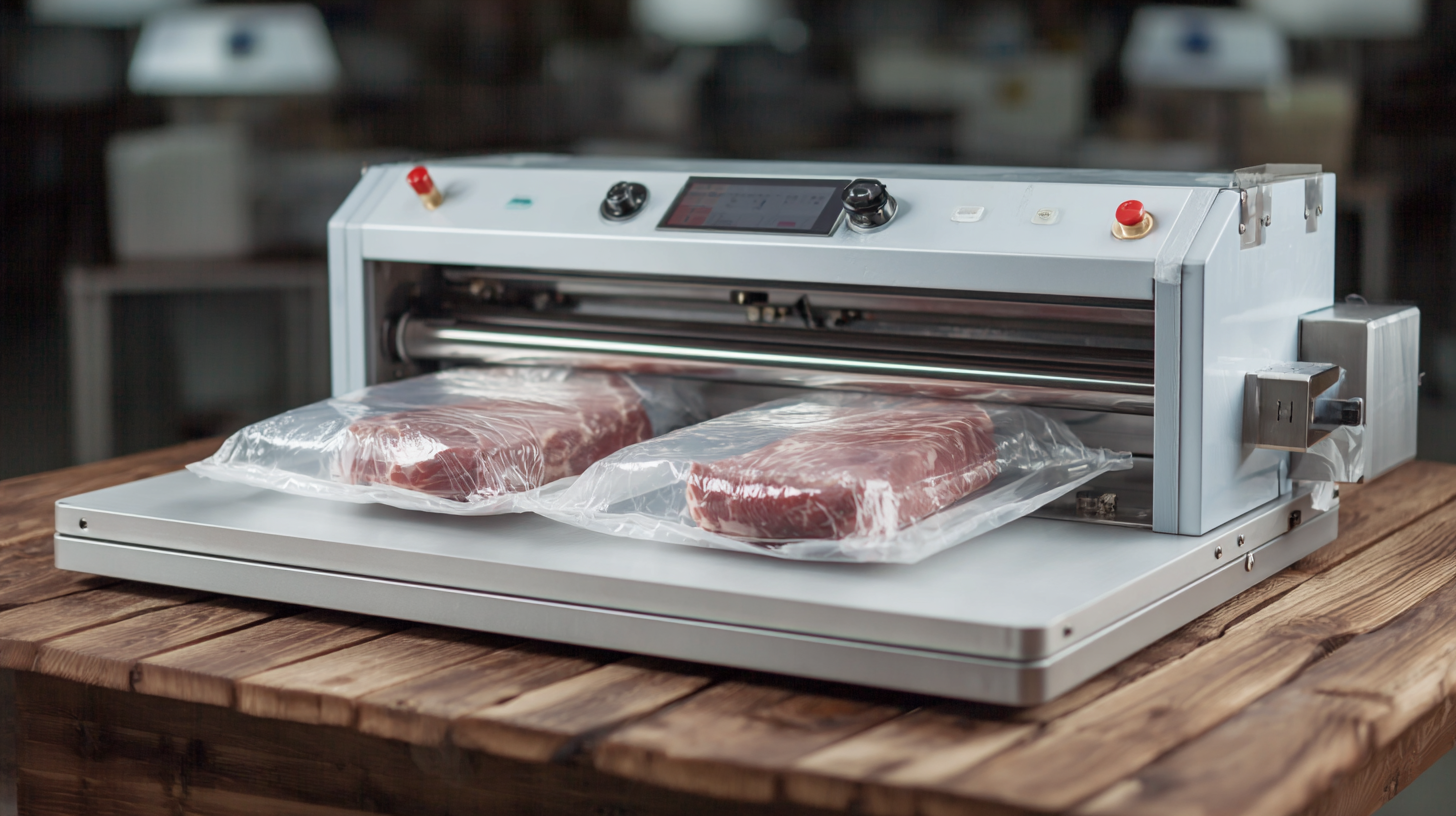
Essential Features to Look for in a Vacuum Pack Machine
When considering a vacuum pack machine for your food storage needs, there are several essential features that can significantly enhance its effectiveness. First and foremost, look for a machine with adjustable sealing settings. This feature allows you to customize the sealing pressure based on the type of food you are packaging, ensuring an airtight seal without crushing delicate items such as chips or berries. A machine equipped with a built-in cutter is also advantageous, allowing for custom-sized bags that minimize waste and ensure proper food protection.
Another critical aspect to consider is the suction power of the vacuum pack machine. A strong motor will ensure that air is effectively removed from the bags, prolonging the freshness of your food. Additionally, opt for models that offer multi-functional capabilities, such as moist and dry food settings, which allow for versatility in the types of items you can store. Lastly, an easy-to-clean design is important, as it enhances the user experience and ensures hygiene during food preparation and storage. These features combined can help you make the most out of your vacuum packaging experience, keeping your food fresh and your kitchen organized.
How a Vacuum Pack Machine Can Revolutionize Your Food Storage Game: Tips & Tricks
| Feature | Description | Benefits | Tips |
|---|---|---|---|
| Automatic Seal Function | Machine automatically seals bags once air is removed. | Ensures a tight seal, preventing air from entering. | Choose a model with adjustable sealing times for different bag types. |
| Multi-Use Capability | Can vacuum seal various food items and non-food items. | Versatile use for food storage, marinating, and sous vide cooking. | Experiment with different foods to discover best practices. |
| Compact Design | Space-saving model suitable for small kitchens. | Easy to store and access when needed. | Look for machines that can stand vertically. |
| Built-in Cutter | Integrated cutter for custom bag sizes. | Saves money on pre-made bags; reduces waste. | Keep the cutter clean for smooth operation. |
| User-Friendly Controls | Simple interface with intuitive buttons. | Makes it easy for anyone to use without training. | Read the manual for best practices before using. |
Creative Ways to Use Vacuum Packing Beyond Food Storage
Vacuum packing has gained popularity primarily for its ability to extend the shelf life of food, but its versatility extends far beyond food storage. One creative application is in organizing household items, such as seasonal clothing or bedding. By vacuum sealing these items, you not only save space in your closets but also protect them from dust, moisture, and pests, ensuring they remain in pristine condition until needed.
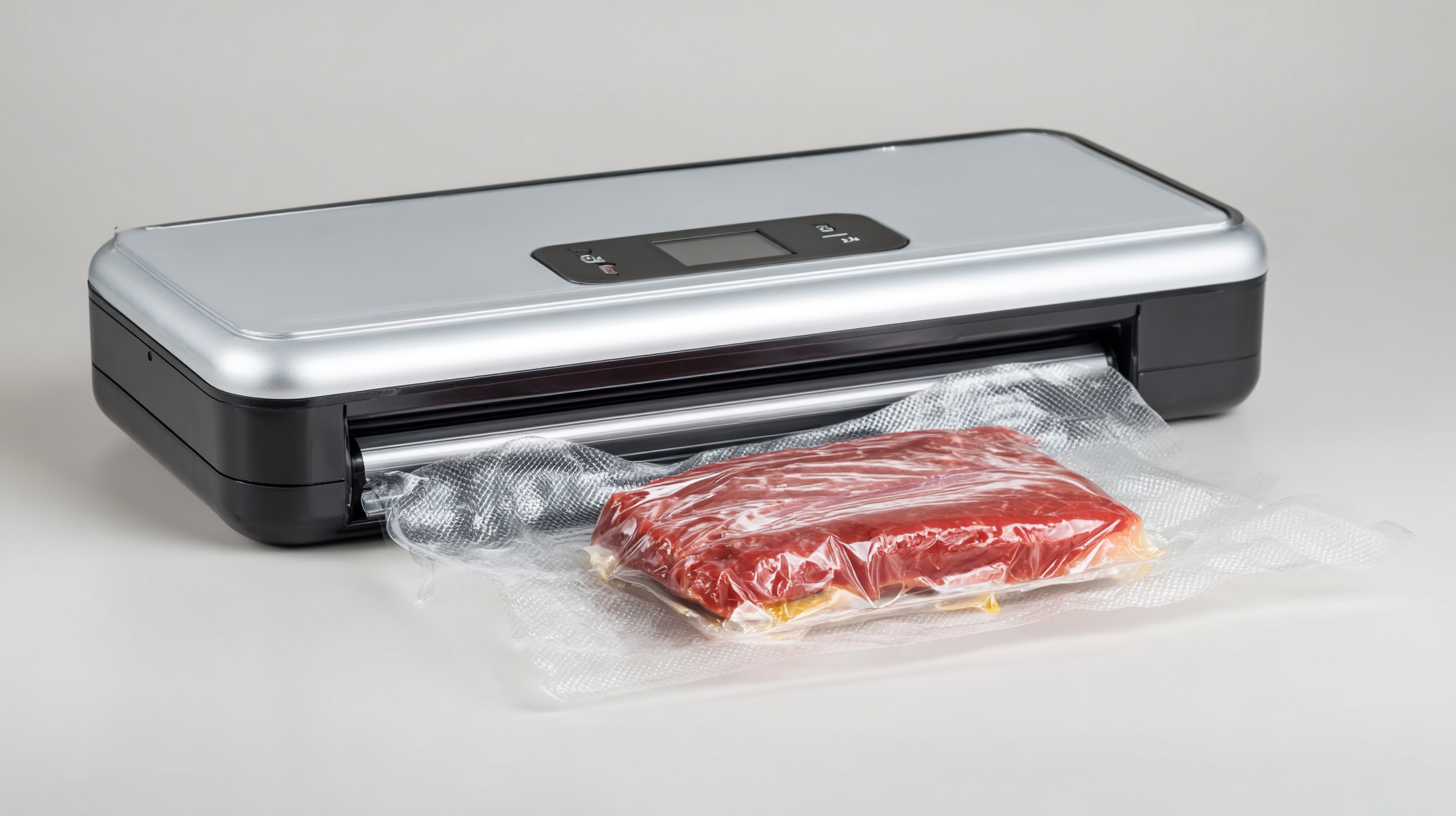
Moreover, vacuum packing can be utilized in travel. By compressing clothing and personal items into vacuum-sealed bags, travelers can maximize luggage space and keep their belongings organized. This method also helps in maintaining the freshness of snacks or meals during trips, making it easier to enjoy healthier options on the go. In an era where sustainability is paramount, these innovative uses of vacuum packing contribute to reducing waste and enhancing convenience across various aspects of our daily lives.
Tips for Properly Vacuum Sealing Various Foods
Vacuum sealing is an effective way to extend the shelf life of various foods, and mastering the technique can save you money while ensuring freshness. When it comes to vacuum sealing meats, ensure they are trimmed of excess fat, as this can lead to spoilage. For optimal results, consider pre-freezing meats before sealing; this not only helps maintain their shape but also ensures tighter seals that prevent air from entering.
Fruits and vegetables, on the other hand, require different handling. It’s essential to blanch vegetables briefly before sealing to inactivate enzymes that can cause spoilage. For fruits, consider using sugar or citrus juice to help retain color and texture during the vacuum sealing process. Also, remember to remove as much air as possible while ensuring that delicate items like berries aren’t crushed in the process. By tailoring your vacuum sealing methods to the specific food type, you can maximize freshness and flavor for every meal.
Common Mistakes to Avoid When Using a Vacuum Pack Machine
When using a vacuum pack machine for food storage, many users fall prey to common mistakes that can undermine its effectiveness. One frequent error is not properly sealing the bags. According to a study by the National Center for Home Food Preservation, improper sealing can lead to food spoilage and reduce shelf life by up to 50%. Ensuring that the bag is appropriately aligned and using the right amount of food can significantly enhance the vacuum seal, preventing air pockets that can cause oxidation.
Another mistake is vacuum packing food that is still warm. The USDA recommends allowing cooked foods to cool down to room temperature before vacuum sealing. Packing warm food can create condensation in the bag, leading to bacterial growth and potential spoilage. In fact, improperly stored food can result in losses estimated at $32 billion annually in the United States alone, according to the Food Waste Reduction Strategy report by the USDA. Therefore, it's crucial to allow your food to cool before securing it in a vacuum-sealed bag to maximize its freshness and longevity.
Food Storage Efficiency with Vacuum Pack Machines
This bar chart illustrates the efficiency of food storage methods comparing vacuum packing to traditional methods based on the number of days food remains fresh.
Related Posts
-
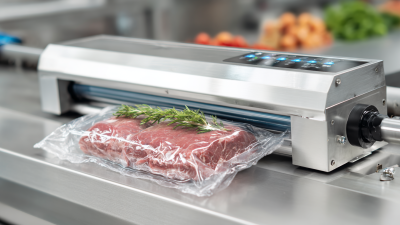
The Ultimate Guide to Choosing the Best Vacuum Pack Machine for Your Kitchen Needs
-

Innovative Examples of How Packaging Machines Transform Production Efficiency
-
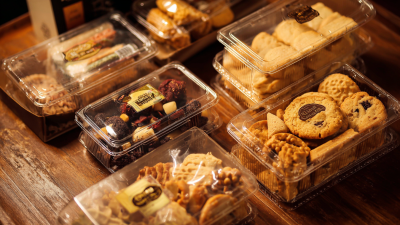
Innovative Trends in Cookie Packaging Highlighted at the 138th Canton Fair 2025
-
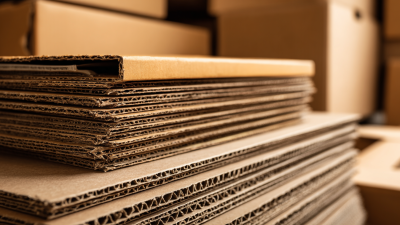
Navigating International Standards: How Best Cardboard Packaging Meets Global Import Certification Requirements
-

The Essential Guide to Choosing the Right Honeycomb Packing Paper for Your Business
-
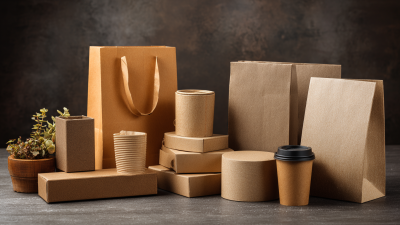
Transform Your Business: The Ultimate Guide to Eco-Friendly Packaging Materials for Sustainability
